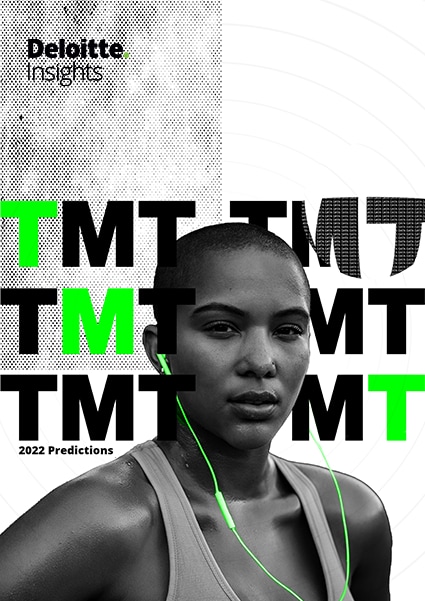It may appear illogical that someone would pay for an NFT version of the same video clip that anyone in the world could watch for free.5 But it is arguably also irrational for a printed card to sell for seven-figure sums when the intrinsic value of the card is zero.6 Value in each case is a function of demand and scarcity, and it should also be noted that demand can wax and wane, and is subject to multiple factors, both endogenous and exogenous.
In 2022, the most common and lucrative application of NFTs in the sports industry will likely be the sale of limited-edition video clips of sporting moments or player cards.7 The value of each NFT will depend on the prominence of the athlete, the significance of the event, any additional content included within the NFT, and demand. An NFT limited to a single edition of a major event—say, a winning goal, home run, or dunk by a legendary star, bundled with a commentary by that star—could be sold at auction, while the same video but with no additional content and 20,000 available copies would be sold and traded via an online marketplace.8 This is analogous to some aspects of the art world, in which variants of the same work of art, but with differing numbers of certified copies, have different values.9
In 2022, platforms and rights creators are likely to continue testing different ownership models to determine the optimal balance of stoking consumer demand and maintaining intellectual property rights (IPR) that respect existing third-party rights over the underlying digital assets. So far, the offer of limited IPR within sports NFTs has not dampened appetite, suggesting that demand may well be driven by the ability to demonstrate status: Scarcity drives inherent value in and of itself.
NFTs can bring additional revenue to sports leagues, teams, and individual athletes whose income has declined during lockdown:10 The largest football (soccer) NFT platform enabled US$128 million in sales in the first nine months of 2021.11 An NFT contract may stipulate that a commission on each transaction be paid to the owner of the platform that sold the NFT, and a share of that commission may then flow back to the aforementioned rights holder(s). Further, if the smart contracts enabling the NFTs are accessed via crypto, they may enable real-time remuneration to the current owners of the preprogrammed rights. This is particularly valuable given the frequently complicated rights management associated with sports.
NFTs are also an opportunity to enhance relationships with fans. Rights holders should consider how best they could apply NFTs to enhance the fan experience by enabling them to acquire and display NFTs of their team, as well as to contribute to decisions such as player of the month (in Japan), or even which songs are played during game intervals (in Italy).12 In some cases, NFTs can also be used within fantasy sports league applications, with each NFT representing a player who could be part of a team entered into season-long competitions.
As NFTs’ scope evolves, an additional category may include athlete-designed or -branded digital versions of physical world objects, such as sneakers, that only exist digitally. As an example, the Gucci Virtual 25 is a digital shoe design that can only be worn using augmented reality.13 Again, some may question the logic behind this, but others may be equally perplexed by the sale of a pair of physical shoes for US$1.8 million, or the purchase of digital skins by tens of thousands of video game players.14
Paying for digital-only content may feel unfamiliar to some. A decade ago, this behavior was niche. But the evolution of spending within video games points to a burgeoning, now mainstream acceptance of the concept. In 2022, gamers will likely spend tens of billions of dollars on virtual currencies that they then use to purchase game-related artifacts and capabilities that only exist virtually, for which there is infinite stock, which is only displayed on a screen, and for which the marginal cost of “manufacturing” is close to zero.15
















